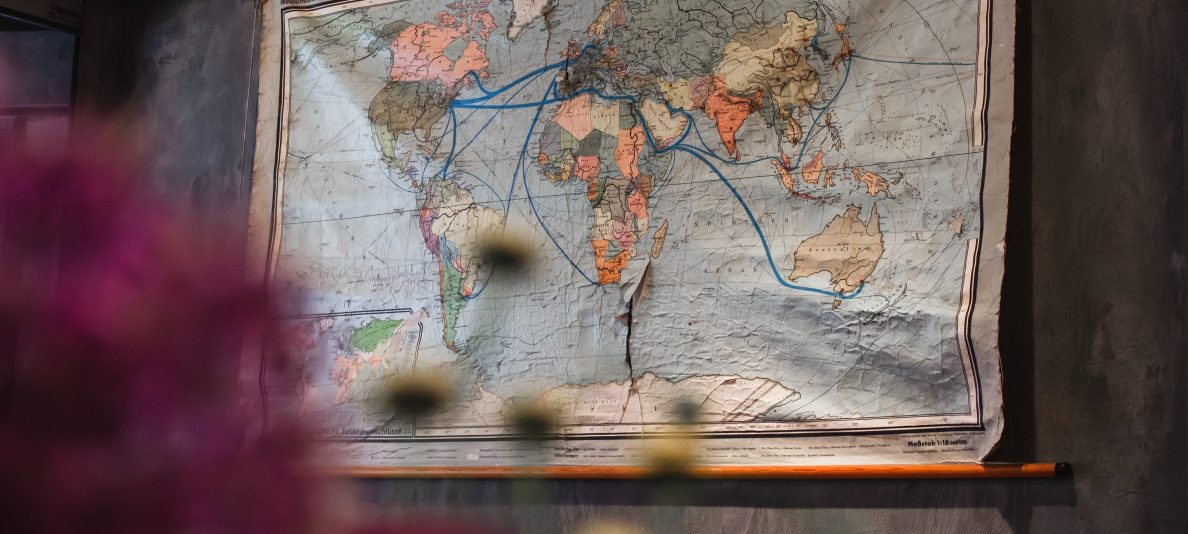
After I wrote about Nilson Tuwe Huni Kui‘s trip to New York, a friend asked why Tuwe would want to bring attention to his tribe if they wanted to remain isolated. At first, I had the same question, but then I read that his tribe is not one of those seeking seclusion. Instead, Tuwe’s village is being threatened by isolated groups who are pushed from their territories by illegal loggers, narco-traffickers, and oil prospectors.
Encroachment on their land also seems to be the reason why, in June, more than 100 members of the Mashco-Piro tribe came out of isolation in Peru’s Amazon. The group asked people in the village of Monte Salvado for bananas, rope, and machetes, but rangers with the Native Federation of the Rio Madre de Dios (FENAMAD) kept them from crossing to the village’s side of the river.
There are an estimated 15 tribes in Peru, made up of about 12,000 to 15,000 individuals, that are considered “uncontacted.” Peruvian law prohibits physical contact with these groups, largely to protect them from germs and viruses that their immune systems are not equipped to fight off.
Contact with the tribes can be dangerous for outsiders as well.
Searching for the Tribes
In 2002, Scott Wallace, a writer for National Geographic, accompanied a team of 34—including Sydney Possuelo, explorer and founder of Brazil’s National Indian Foundation (FUNAI)—looking for the “Arrow People” of Brazil. Also known as the flecheiros, the tribe is known for its aggressive use of poison-tipped arrows to defend its territory.
Wallace chronicled the risky expedition in his book, The Unconquered: In Search of the Amazon‘s Last Uncontacted Tribes (2011). The group was walking a figurative tightrope: trying to get close enough to make visual contact with the tribe while not getting too close and becoming the victims of an attack. But they braved the risks in order to prove that the tribes exist and to show their location. Isolated tribes need to be identified if they are to be protected.
Wallace writes that after some in their party caught sight of a few Arrow People, the group left some metal pots tied to low branches as a peace offering. Then, knowing that they were close to the tribe’s villages, they decided to ensure their safety before making camp for the night. (The following excerpt of Unconquered was reprinted in MIZZOU, the Alumni Association magazine of the University of Missouri, where Wallace earned a master’s degree from the School of Journalism.)
“Spread out down the beach,” commanded Possuelo. “Let them see that we are many.” We staggered along the shoreline, feet slipping in the loose sand. We turned to face the towering wall of trees on the opposite bank, no more than a hundred feet away. “Stand up straight, look strong! Hold your guns up high!” Possuelo ordered. “Let them see how well armed we are.” Rifles came up off hips and shoulders, tilting toward the manila tufts of evening clouds that drifted overhead. Of course, Possuelo had no intention to turn our rifles on them. He’d sooner have died than fire upon the Arrow People. But he needed them to think that we might. It was an odd combination: gifts on the one hand, guns on the other.
We stared across the river into the trees beyond the far bank. We saw nothing but the high wall of jungle, but we could feel their eyes upon us. All we could hear was the incessant flow of the water and the rush of blood pounding in our ears.
(Frank Bajak, “Isolated Mashco-Piro Indians Appear in Peru,” The Associated Press, August 19, 2013; Scott Wallace, “Lost and Found,” MIZZOU, August 9, 2012)
[photo: “Índios isolados do Acre,” by Agência de Notícias do Acre, used under a Creative Commons license]
